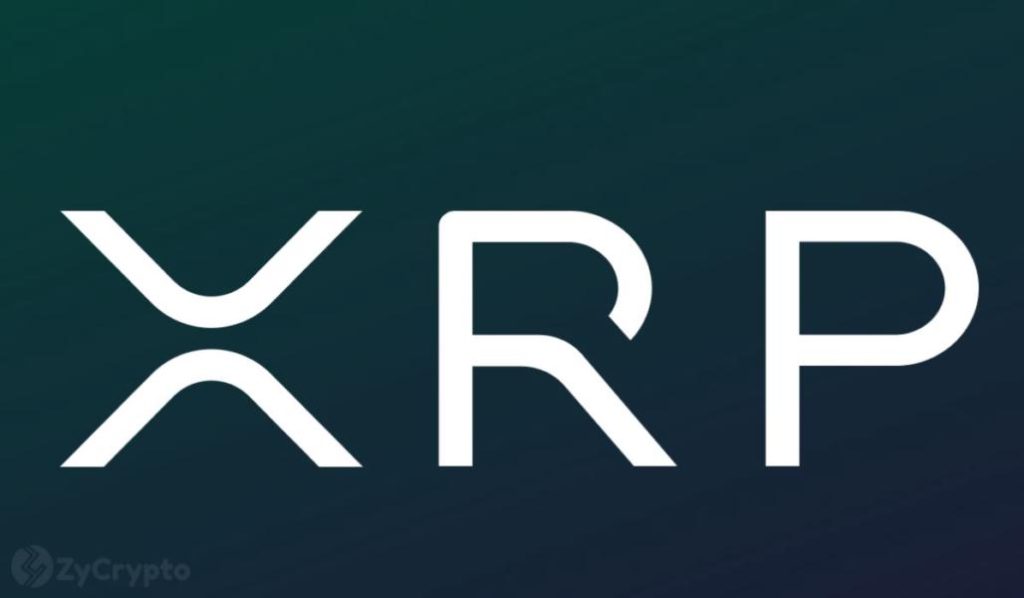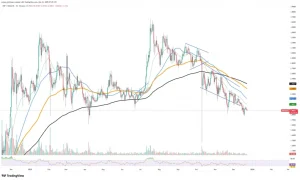Ripple’s $500 Million Capital Raise Sparks Debate Over Investor Intent and Token Valuation

Ripple’s latest $500 million fundraising round has ignited a debate across the cryptocurrency and fintech sectors, with analysts questioning whether investors are genuinely backing the blockchain company’s long-term vision—or simply acquiring discounted XRP tokens through a financial backdoor. The strategic raise, announced amid heightened scrutiny of crypto assets and increasing institutional interest, aims to strengthen Ripple’s position in global payments infrastructure. However, the structure of the deal and its potential implications for XRP’s market dynamics have drawn both optimism and skepticism from industry observers.
1. Ripple’s Strategic Move Amid Market Volatility
At a time when digital asset markets remain highly volatile, Ripple’s $500 million capital raise has positioned the company at the center of renewed investor attention. The funding round, reportedly involving a mix of institutional investors and private equity participants, is aimed at expanding Ripple’s enterprise solutions, cross-border payment systems, and potential token utility within the XRP Ledger ecosystem.
This move underscores Ripple’s confidence in the long-term viability of blockchain-based remittance systems, even as global regulators tighten oversight on crypto operations. By reinforcing its capital reserves, Ripple seeks to bolster liquidity and support the rollout of its On-Demand Liquidity (ODL) services, which already facilitate billions in annual transfers.
2. The Core Question: Capital Support or Token Speculation?
Despite Ripple’s strategic framing, market insiders are divided on the true motivation behind the raise. Critics argue that the investment may function as an indirect purchase of discounted XRP tokens, allowing participants to gain exposure to the cryptocurrency’s future price potential while sidestepping direct exchange-based acquisition.
The skepticism stems from Ripple’s history of funding operations through XRP sales, a practice that has previously drawn regulatory attention. Given the company’s ongoing efforts to separate its enterprise activities from XRP’s price movements, the optics of this fundraising raise fresh questions about how closely the company’s financial health remains tied to its native token.
Supporters, however, contend that institutional investors are investing in Ripple’s broader fintech capabilities—not merely its digital asset holdings. They highlight Ripple’s growing portfolio of enterprise clients and partnerships with global financial institutions as evidence of intrinsic corporate value beyond token speculation.
3. Regulatory Overhang and Market Implications
Ripple’s capital infusion arrives as the firm continues to navigate the long-running legal battle with the U.S. Securities and Exchange Commission (SEC). The partial legal clarity achieved earlier this year—where a court ruled that XRP itself is not a security when sold on exchanges—has provided some breathing room, but uncertainty persists around institutional sales and compliance frameworks.
The timing of the raise suggests that Ripple aims to reinforce its financial resilience in anticipation of potential regulatory outcomes and to fund global expansion, particularly in markets more receptive to blockchain-based settlements, such as Asia and the Middle East.
However, market analysts caution that any perception of token-linked fundraising could invite renewed regulatory scrutiny, potentially influencing future institutional participation.
4. The Broader Context: Institutional Capital Meets Blockchain Utility
Ripple’s move is emblematic of a larger trend in the digital asset landscape—where institutional capital increasingly seeks exposure to blockchain infrastructure rather than pure cryptocurrency speculation. With global payments undergoing rapid digital transformation, Ripple’s blend of regulated finance and decentralized technology could appeal to investors seeking sustainable use cases for blockchain beyond trading.
The company’s emphasis on expanding ODL corridors, improving cross-border settlement times, and enhancing liquidity mechanisms suggests a push toward long-term operational growth rather than short-term price manipulation. Still, the success of this approach will depend heavily on how transparently Ripple communicates its capital deployment and whether it can detach its enterprise performance from XRP’s volatile market cycles.
5. Conclusion: A Turning Point or Tactical Optics?
Ripple’s $500 million raise represents both an opportunity and a challenge. On one hand, it demonstrates institutional confidence in the company’s future and the utility of blockchain in mainstream finance. On the other, it rekindles persistent questions about XRP’s role in Ripple’s business model and whether investors are truly backing innovation—or simply betting on discounted access to one of the crypto market’s most polarizing assets.
As the digital asset sector matures, the distinction between technological investment and speculative accumulation will determine how companies like Ripple are valued—not just by the markets, but by the global financial system they seek to disrupt.




